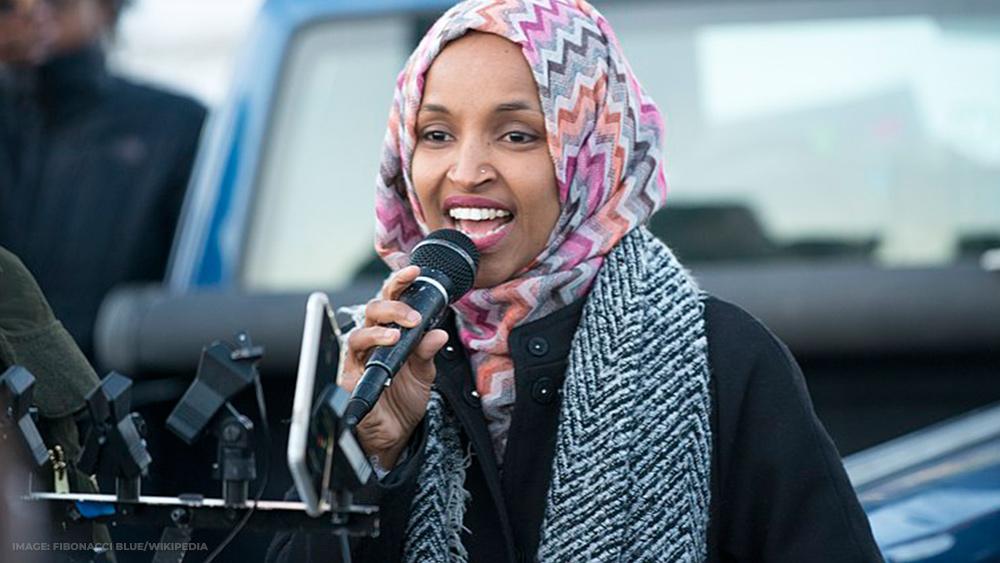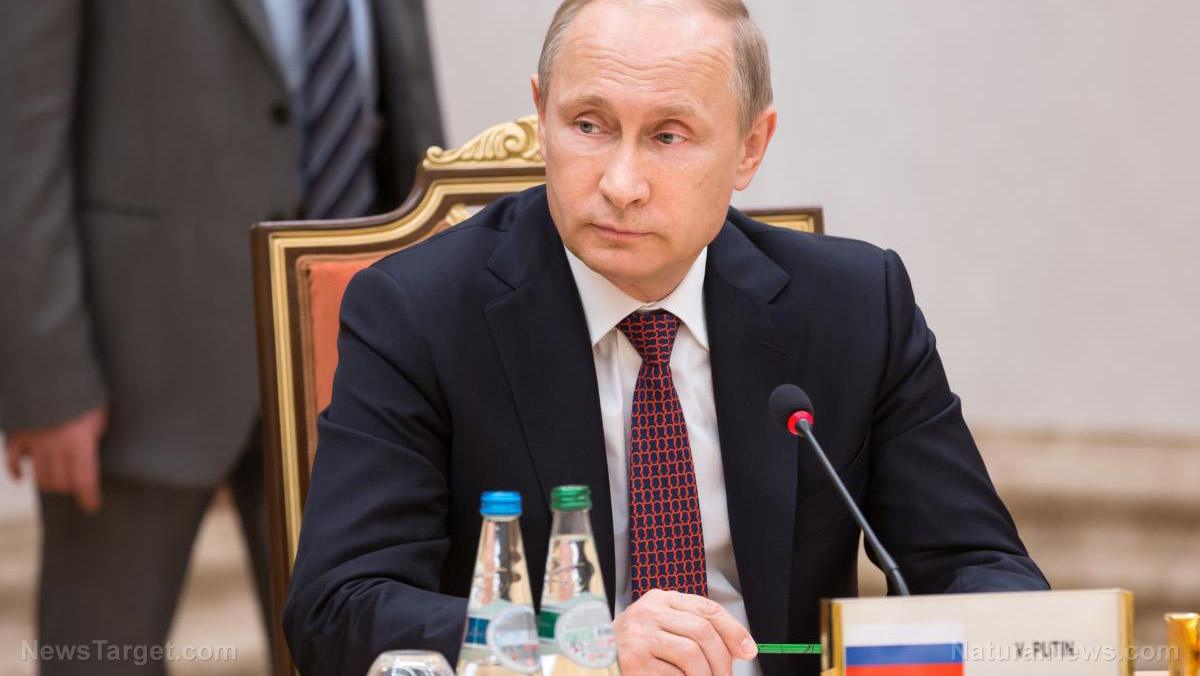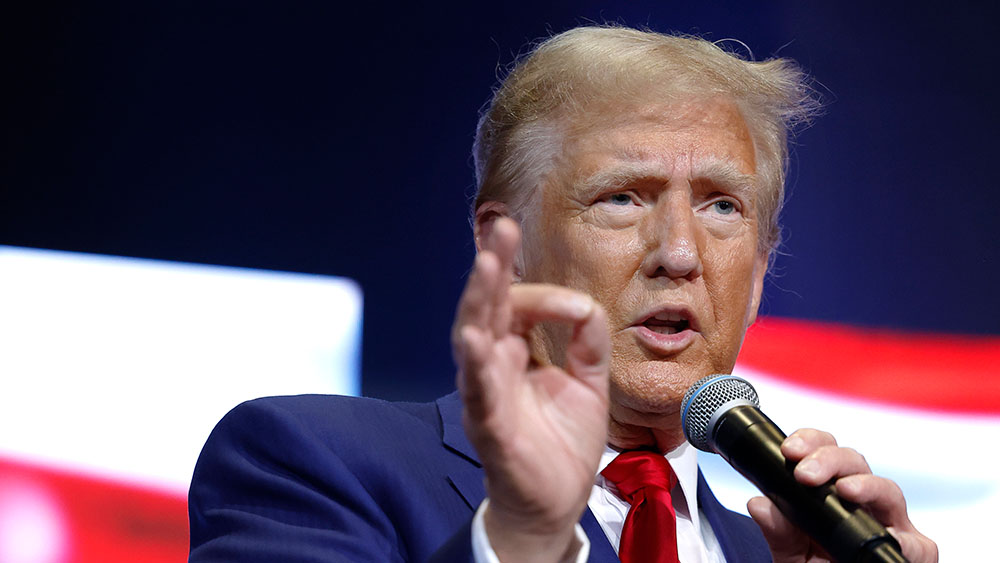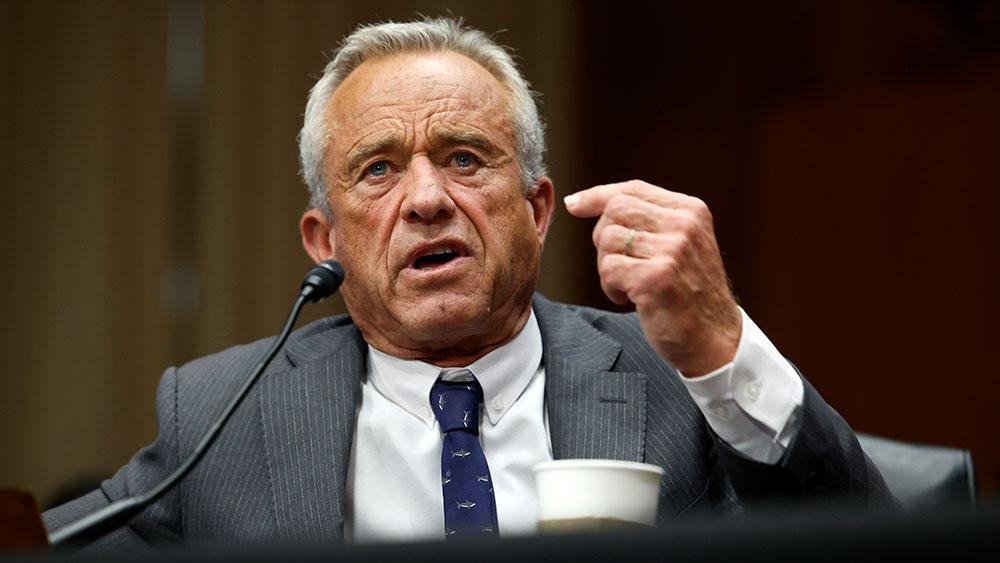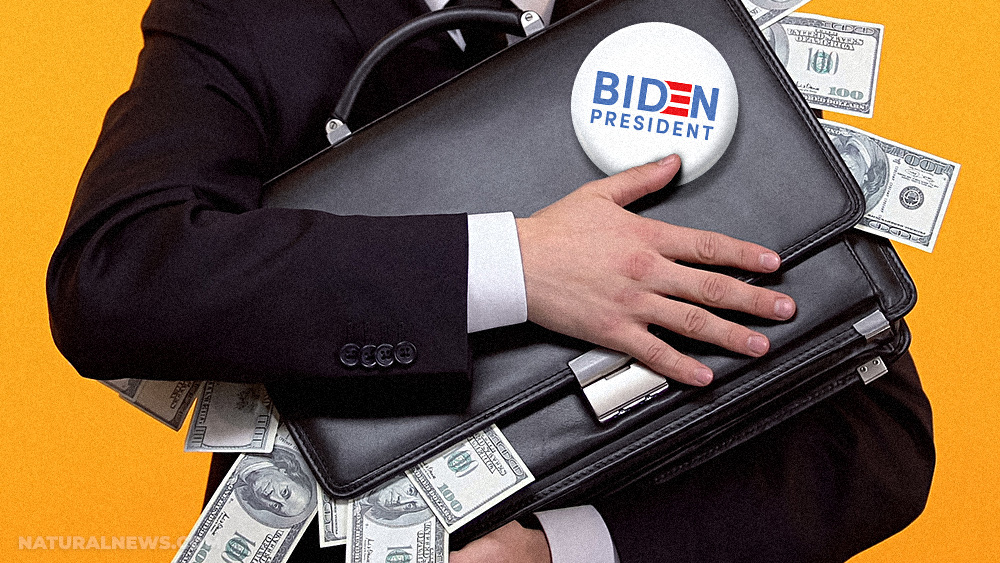Trump touts manufacturing revival as February jobs report signals economic shift
03/11/2025 / By Willow Tohi
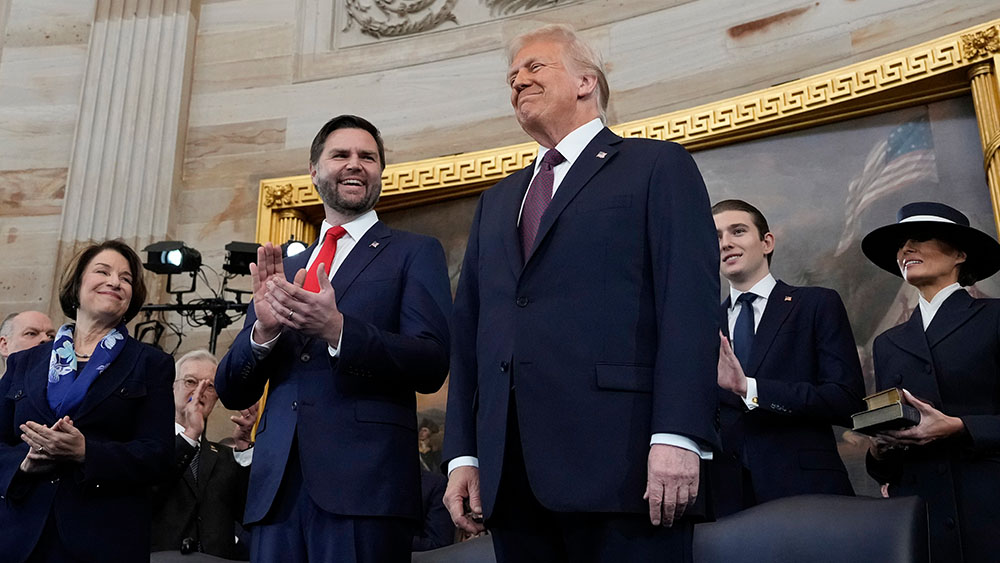
- President Donald Trump celebrated a net gain of 151,000 jobs in February, with 10,000 manufacturing jobs added—double the expected 5,000. He contrasted this with the loss of 110,000 manufacturing jobs during the last year of the Biden administration, framing it as evidence of his economic policies reversing a decline.
- Trump emphasized manufacturing as central to his economic agenda, criticizing NAFTA and its successor, USMCA, for contributing to the closure of 90,000 U.S. plants. He highlighted the return of manufacturing facilities to the U.S. as a result of tariffs and trade policies.
- Trump reiterated his use of tariffs to address trade imbalances, specifically targeting Canada’s 250% tariff on U.S. dairy and lumber. Economists warn that escalating tariffs could lead to higher consumer prices and supply chain disruptions, with some attributing the manufacturing job gains to businesses preparing for potential tariff impacts.
- The jobs report revealed a 10,000-job decline in federal employment due to cuts by the Department of Government Efficiency (DOGE). While aligned with Trump’s smaller-government philosophy, these cuts raise concerns about broader economic impacts, including potential private-sector job losses.
- The February report presents a complex economic picture, with manufacturing gains and private-sector job growth offset by rising unemployment, declining federal employment and ongoing trade tensions. Trump remains focused on sustaining manufacturing revival through tariffs, trade deals and reducing government size, but the long-term success of this strategy remains uncertain.
In a bold declaration from the Oval Office, President Donald Trump heralded a “manufacturing boom” following the release of the first full jobs report of his second term. The February report, released by the Labor Department, showed a net gain of 151,000 jobs, slightly below economists’ expectations of 160,000. However, the standout figure was the addition of 10,000 manufacturing jobs—double the anticipated 5,000—a statistic Trump seized upon as evidence of his administration’s economic policies bearing fruit.
“During the last year of the Biden administration, we saw a loss of more than 110,000 manufacturing jobs—or 9,000 every single month,” Trump said. “During the first full month in office, we’ve not only stopped that manufacturing collapse, but we’ve begun to rapidly reverse it and get major gains. We created 10,000 manufacturing jobs in February alone. That hasn’t happened in a long time.”
The President’s remarks underscore a broader narrative of economic renewal, one that contrasts sharply with the challenges of the previous administration. But as Trump celebrates these gains, questions linger about the broader implications of his policies, particularly on trade and federal employment.
A manufacturing renaissance?
The manufacturing sector’s rebound is a key pillar of Trump’s economic agenda. Historically, manufacturing has been a cornerstone of American prosperity, but decades of globalization, outsourcing and automation have eroded its dominance. The North American Free Trade Agreement (NAFTA), implemented in 1994, is often cited as a turning point in the decline of U.S. manufacturing. Trump has long criticized NAFTA, and its successor, the United States-Mexico-Canada Agreement (USMCA), as detrimental to American workers.
“Since the beginning of NAFTA, there’s been 90,000 plants and factories closed in this country,” Trump said. “Think of that—90,000 plants and factories have been closed. Many of them have been car manufacturing plants. And that’s a terrible statistic. And we’ll be turning it around.”
The President pointed to recent developments, including the return of manufacturing facilities to the U.S., as evidence of his policies’ success. “We already have numerous [plants] that are being built or starting to be built, and numerous that were being built in other countries and they stopped and they’re coming here now because of the tariffs. And that’s a big deal. That’s what you want to hear.”
Tariffs and trade tensions
Trump’s emphasis on tariffs as a tool for economic revival has been a hallmark of his presidency. On Friday, he reiterated his commitment to reciprocal trade policies, particularly targeting Canada. “Canada charges a 250% tariff on U.S. dairy and lumber products,” Trump said. “Unless Canada lowers that tariff, the U.S. will impose a reciprocal 250% tariff on like goods—possibly as soon as today.”
While tariffs have been effective in some cases, they also carry risks. Economists warn that escalating trade tensions could lead to higher consumer prices and disrupt supply chains. Michael Feroli, chief U.S. economist at JP Morgan, noted that the uptick in manufacturing jobs could reflect “some front-loading ahead of expected tariffs,” suggesting that businesses may be preparing for potential disruptions.
Federal job cuts and economic uncertainty
While manufacturing gains have been a bright spot, the broader jobs report revealed signs of economic softness. The unemployment rate edged up to 4.1%, and the labor force participation rate dipped. Federal government employment declined by 10,000 jobs in February, a result of cuts initiated by the newly formed Department of Government Efficiency (DOGE), led by Elon Musk.
“We had too many people in government,” Trump said. “You can’t just do that. We had many, many, too many. This is for 40 years. You know, this isn’t just now. This built up and got worse and worse, and they just hire more and more people.”
These cuts, while aligned with Trump’s smaller-government philosophy, have raised concerns about their impact on the broader economy. Chris Rupkey, chief economist at FwdBonds, warned, “You can’t have mass firings of federal workers and government contractors and think it is not going to mean job losses for the private sector.”
A mixed economic picture
The February jobs report paints a complex picture of the U.S. economy. On one hand, manufacturing gains and private-sector job growth suggest resilience. On the other, rising unemployment, declining federal employment and ongoing trade tensions point to potential challenges ahead.
For Trump, the focus remains on manufacturing. “These aren’t government jobs, which actually we cut,” he said. “Under the final two years of Biden, one in every four jobs created in America was a government job. That’s a tremendous percentage. But under the first full month of President Trump, which we haven’t even gotten started yet, an incredible 93% of all job gains were in the private sector.”
As the administration continues to implement its economic policies, the question remains: Can Trump sustain this manufacturing revival while navigating the broader challenges of a shifting global economy? For now, the President is betting on tariffs, trade deals and a leaner federal government to deliver on his promise of an American economic renaissance.
Only time will tell if this strategy will yield the long-term gains Trump envisions—or if the February jobs report is merely a fleeting snapshot of an economy in transition.
Sources include:
Submit a correction >>
Tagged Under:
DOGE, economy, job growth, jobs, pensions, progress, supply chain, tariffs, trade wars, Trump, White House
This article may contain statements that reflect the opinion of the author
RECENT NEWS & ARTICLES
Trump.News is a fact-based public education website published by Trump News Features, LLC.
All content copyright © 2018 by Trump News Features, LLC.
Contact Us with Tips or Corrections
All trademarks, registered trademarks and servicemarks mentioned on this site are the property of their respective owners.


